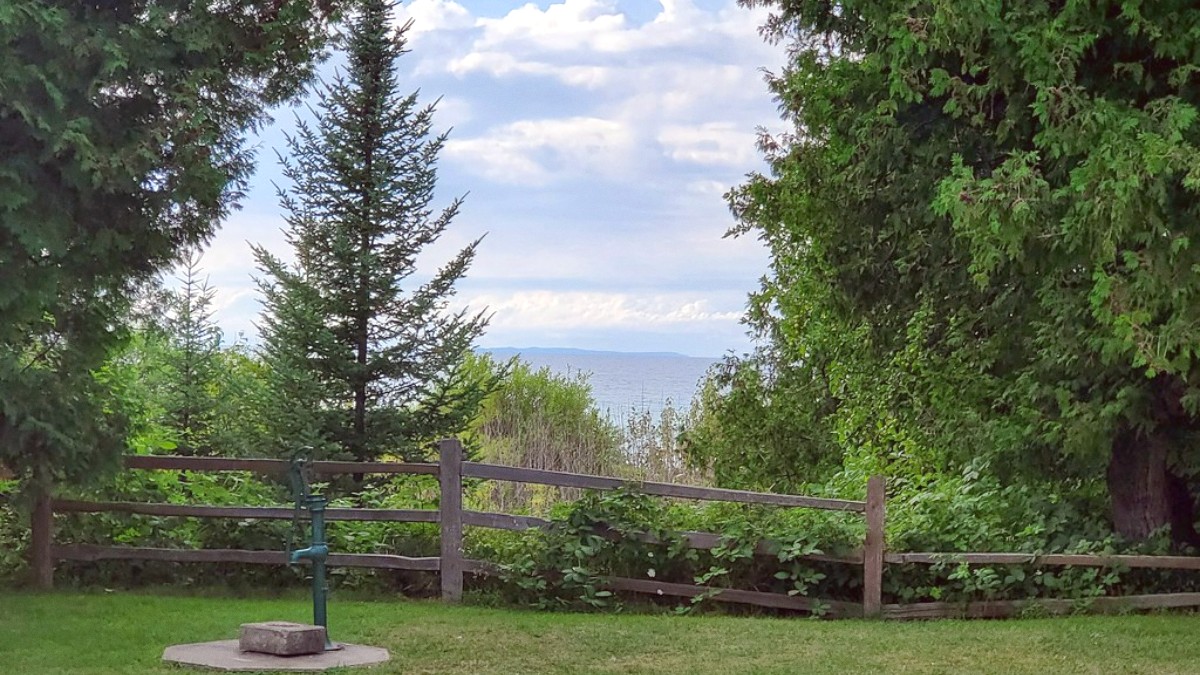
Michigan, USA
Packing in layers useful due to fluctuating temperatures, even within a single day.
Prepare for colder temperatures and potential precipitation during these seasons.
Comfortable, moisture-wicking clothing. For adjustments, layers are recommended. A small daypack for water and snacks. Sturdy hiking shoes or boots for trails.
Quick-drying clothing. Swimsuit and a Quick-drying towel. A Dry bag safeguards electronics near water. A hat and sunglasses with straps also handy.
The region not specific cultural dress codes. Casual attire generally acceptable. Respectful attire, not swimwear, appropriate for churches.
Having all necessary documents ready streamlines your travel experience.
Staying connected and powered calls for appropriate gear.
Capture the region's beauty with appropriate camera equipment.
Google Maps for navigation. Yelp or TripAdvisor for dining and attraction reviews. A weather app for current conditions. Rideshare apps like Uber and Lyft.
Use cloud storage services like Google Photos or iCloud for backing up important data, especially photos.
Consider a VPN service like NordVPN or ExpressVPN for secure browsing on public Wi-Fi. Keep devices updated and secure.
A well-stocked personal health kit you for minor ailments and specific local conditions.
Protect yourself from sun and insects for comfortable outdoor activity.
Gear for comfortable and safe hiking, especially on the dunes.
Items for enjoyable water-based activities in the clear lakes.
Gear for skiing, snowboarding, or snowshoeing in the snowy landscape.
Your comfort and keeping belongings secure are main.
Support sustainability and stay organized with these items.
For coffee or water.
For shopping.
Minimizes waste.
Lessen carbon footprint.
Roll clothes to save space and reduce wrinkles. Pack heavier items at the bottom of your luggage. Consider packing cubes for organization.
For specialized medical supplies, carry necessary documentation from your doctor.